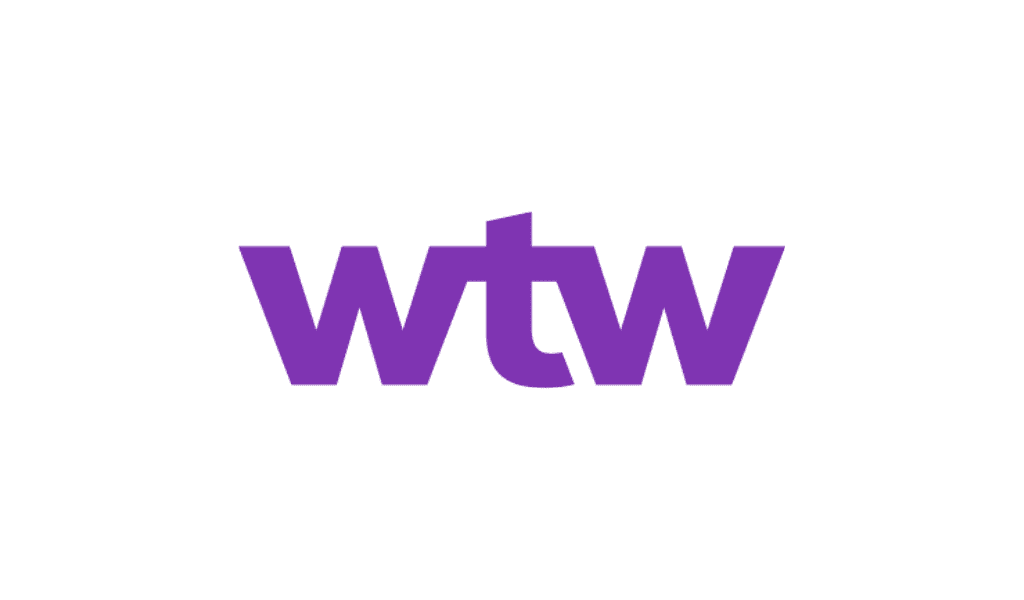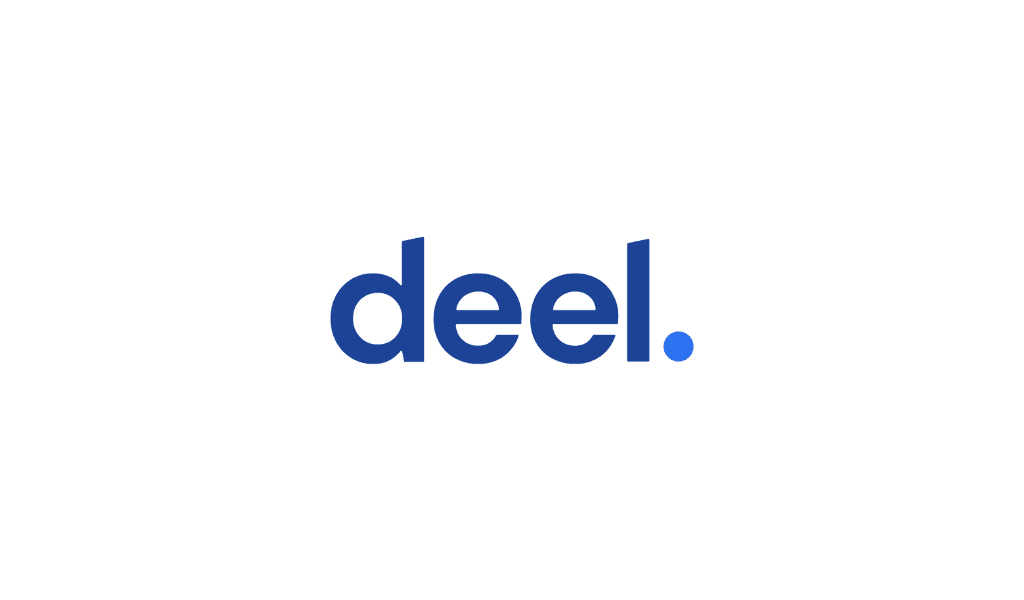By focussing on development, celebrating success, remaining transparent, and enabling worker flexibility, organisations can keep employees engaged amid rapid change.
By Peter Hamilton
In the rapidly evolving marketplace, building a company culture that fosters highly engaged employees is not just nice to have, it’s a necessity. Engaged employees are the backbone of a successful business, reporting better well-being, superior retention rates, lower absenteeism, and higher productivity. Engaged teams consistently outperform others and are instrumental in meeting business goals and driving growth. Yet, many companies seem to lose sight of this crucial aspect. It’s time to reevaluate organisational priorities and recognise the pivotal role of employee engagement in business success.
According to Gallup, global employee engagement was a mere 23% in 2023. This statistic presents a significant opportunity for business leaders to access the untapped potential of the majority. Regardless of an organisation’s current situation, improving engagement is always within reach. After all, in leading companies, over 70% of employees feel engaged. Engaging the workforce should be a top priority, not just in good times, but especially in challenging times. This is not the time to ease off. In fact, when navigating a tough market, it’s crucial to maintain a strong focus on fueling employee engagement.
KellyOCG has witnessed the transformative power of consistent investment in employee engagement. Regardless of market conditions, the company has learned that attracting and retaining top talent is the key to its success, growth, and providing the best possible experience for clients. The journey has been marked by several success stories, where strategies have not only improved employee engagement but also led to significant business outcomes. The organisation’s commitment to aligning these strategies with company values and setting annual improvement goals has been the catalyst for success.
Developing People
The KellyOCG “APAC Learning and Development” team has made a massive effort to improve and increase the company’s onboarding and ongoing training programs. Numerous skills enhancement workshops and knowledge-sharing sessions reinforce the capabilities of KellyOCG’s various operational teams, positively impacting service delivery to clients. Just a few of the organisation’s wide-ranging training topics include:
- managing change;
- coaching skills;
- a mentoring mindset; and
- situational leadership.
Building on this momentum, KellyOCG is launching a new slate of training this year, and the company’s teams are enthusiastically engaging with and embracing it. Investing in employee development is always a win-win situation for the company and its people.
Celebrating Success
KellyOCG has been around for a while as an organization. Over the years, the organisation has learned that a culture of celebration and gratitude, which means acknowledging and appreciating the efforts and achievements of employees, drives high performance. The company has launced comprehensive award programs across countries and regions, even globally. Top performers can qualify for KellyOCG’s global “President’s Club” level. Organisational leaders have found that spending quality time celebrating in the sunshine with international colleagues is a great motivator to encourage engagement throughout the year.
Transparent Goal Setting
Each team at KellyOCG utilizes the OKRS (objectives and key results) method, a popular management framework to set challenging and ambitious goals and track progress monthly. Employees feel more engaged when they know how they fit into a larger corporate strategy and how their actions contribute to company results. Too often, employees feel removed from the company’s performance. KellyOCG is open about company objectives, progress, and how an individual employee’s goals should play a part.
Autonomy, Control, and Flexibility
The organisation firmly believes that employees should have a say in decisions that impact their lives. Therefore, the company has decentralized decision-making for many non-strategic functions, empowering individual teams. This approach not only fosters a sense of ownership but also makes employees feel valued and integral to the company’s operations. Some ways this works best include the following.
- Flexible schedules. While the company embraced remote work even prior to COVID-19, the pandemic proved that organizations thrive with flexible work arrangements. International teams working across time zones require flexibility to accommodate schedules, and leaders have found that people are happier and more engaged when choosing their own work style and schedule.
- Local control of social activities. The Malaysian team may prefer indoor rock climbing, the Singapore office prefers a special lunch, and the Australian group prefers a sunset cruise. Local culture clubs decide how and where they spend time together, build camaraderie, and gel as a team. Employees know best what matters to them.
Giving Back
Corporate social responsibility (CSR) initiatives reflect corporate values and foster a team spirit and sense of collective achievement. When Malaysian team members recently united to roll up their sleeves and spend the day cleaning Teluk Kemang Beach, they demonstrated that when employees come together for a good cause, the effects are tangible: team members responsibly disposed of 30 kilograms of trash; created a cleaner, more beautiful coast; and had the opportunity to engage and accomplish something as a team that they could not have done as individuals.
Focus on Well-being
Employees must have the time and resources to address their physical and mental health and well-being to feel engaged at work. This starts with respecting personal lives and priorities outside the office:
- recognsing the need for a healthy work-life balance;
- providing wellness programs such as health screenings, fitness classes, and counseling services; and
- encourage breaks and vacations.
Looking Ahead
KellyOCG is not resting on its laurels when it comes to engagement success. The organisation understands that businesses must frequently measure their engagement to determine if their efforts continue to succeed. Regular employee engagement surveys show the company is on the right track and provide guidance. This practice not only reassures the company about the effectiveness of its strategies but also instils confidence in its approach.
Benchmarking engagement against other top performers in the industry is also essential. That’s why the organisation is so proud that Great Place to Work has recognized KellyOCG as one of the Best Workplaces in Australia, India, and Malaysia for the last five years. It’s no coincidence that the organisation has grown its business five times across the region over the same period.
In addition to surveys and awards, HR leadership at KellyOCG is constantly monitoring day-to-day factors such as team dynamics, workload distribution, and communication effectiveness to ensure employees feel enthused about their roles. As mentioned at the beginning of this article, attendance, turnover, productivity, and customer satisfaction are all important indicators of employee engagement.
As KellyOCG moves forward—against relatively strong headwinds in the industry—it is important to remember that now is not the time to let up in campaigns to build a healthier company culture that promotes employee engagement. If anything, it’s time to put the pedal down and redouble those efforts.
Peter Hamilton is vice president and managing director, APAC, for KellyOCG.















